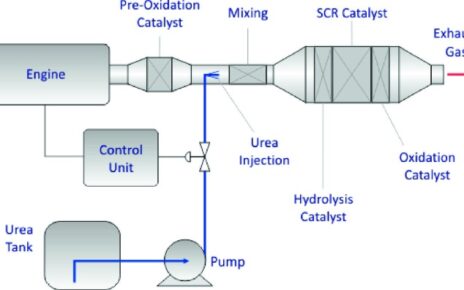The Energy Efficiency Existing Ship Index (EEXI) and the Energy Efficiency Design Index (EEDI) are both important regulatory measures introduced by the International Maritime Organization (IMO) to improve the energy efficiency of ships and reduce greenhouse gas (GHG) emissions from the maritime industry. However, they differ in their focus, application, and timing:
EEDI and EEXI-What is the difference?
1. Focus:
- EEXI (Energy Efficiency Existing Ship Index): EEXI is primarily concerned with assessing and improving the energy efficiency of existing ships that are already in operation. It sets energy efficiency standards and requires older vessels to meet these standards through retrofitting and optimization measures.
- EEDI (Energy Efficiency Design Index): EEDI focuses on newly built ships, particularly during the ship design and construction phase. It establishes energy efficiency requirements that new vessels must meet before they can be certified for operation. EEDI encourages the adoption of energy-efficient technologies and designs in new ships.
2. Timing:
- EEXI: EEXI applies to existing ships, which means it has a retrospective effect. It aims to address the energy efficiency of vessels that were constructed before the introduction of EEDI and other contemporary efficiency standards.
- EEDI: EEDI applies to newly constructed ships and is a forward-looking standard. It encourages ship designers and builders to incorporate energy-efficient features and technologies from the outset.
3. Application:
- EEXI: EEXI is applicable to all existing ships subject to MARPOL Annex VI regulations, with the goal of improving their energy efficiency and reducing emissions. Existing vessels are assessed to determine whether they meet the required energy efficiency standards.
- EEDI: EEDI applies to newly built ships and sets specific energy efficiency requirements based on the ship’s type and size. These requirements must be met to obtain a certification that allows the ship to operate legally.
4. Compliance:
- EEXI: Compliance with EEXI standards for existing ships is achieved through retrofitting, engine modifications, hull and propeller enhancements, or other technical measures. Existing ships must demonstrate their energy efficiency to receive certification.
- EEDI: Compliance with EEDI requirements for new ships is achieved through the ship’s design and construction process. Shipbuilders must ensure that the vessel’s design and equipment meet the required energy efficiency criteria before it is launched.
5. Objectives:
- EEXI: EEXI aims to improve the energy efficiency and reduce GHG emissions from the existing global fleet of ships by upgrading older vessels and making them more environmentally friendly.
- EEDI: EEDI aims to encourage the development and adoption of energy-efficient ship designs and technologies for new ships, thus reducing emissions from the start of a ship’s operational life.
In summary, while both EEXI and EEDI contribute to improving energy efficiency and reducing GHG emissions in the maritime industry, they differ in their focus, timing, and application. EEXI addresses existing ships and promotes retrofits and optimizations, whereas EEDI targets new ship designs and construction to ensure energy-efficient standards from the beginning of a ship’s life.



